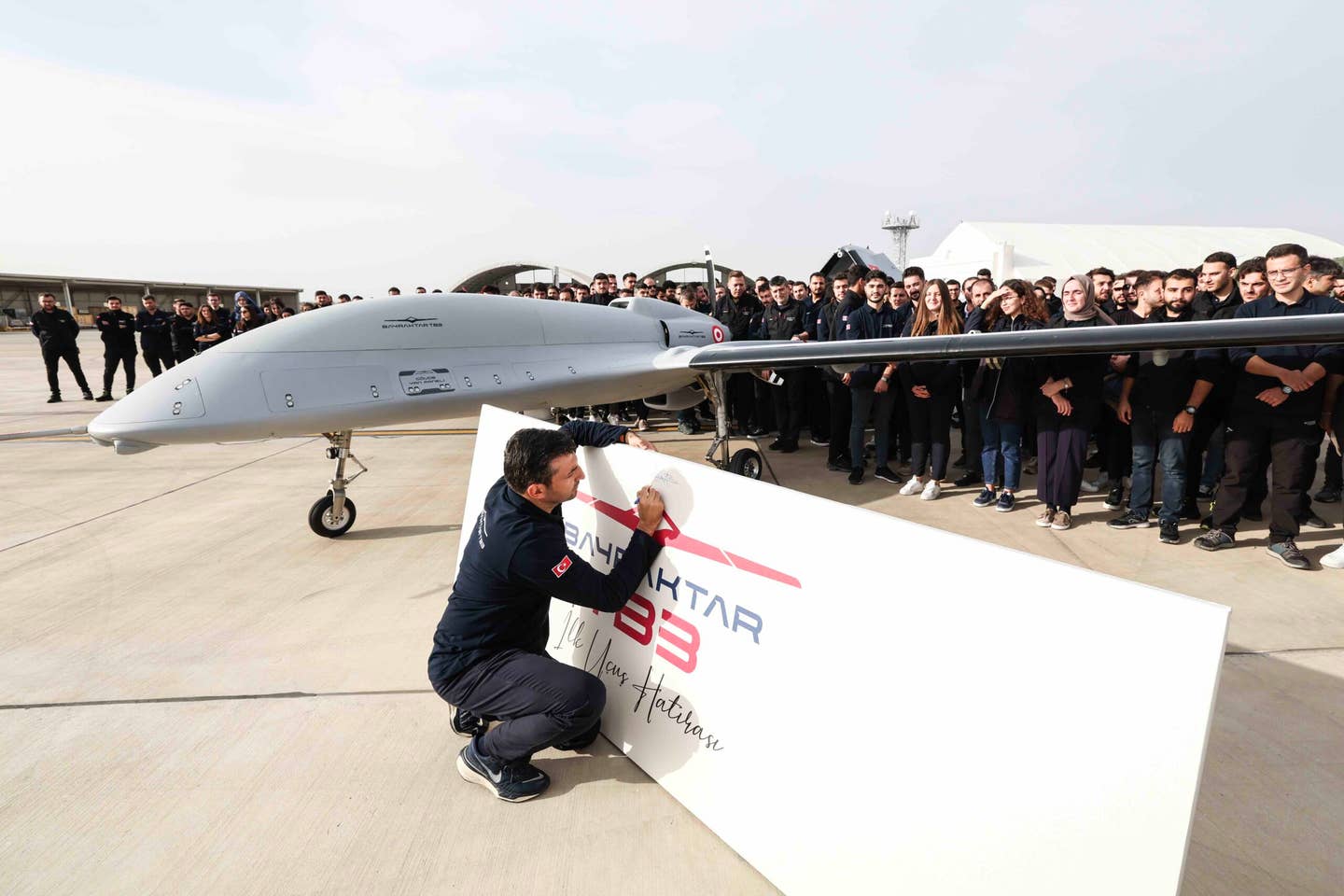Greece, having previously announced its intention to train Ukrainian fighter pilots on F-16s, has now revealed plans to decommission and sell its outdated F-16 and Mirage 2000 fighter jets. Despite the training program, Greece won't be sending any of these aircraft to Ukraine.
The Greek Defense Minister, Nikos Dendias, disclosed the decision to overhaul the Hellenic Air Force, emphasizing the need to streamline its aircraft types due to maintenance costs. The plan involves retiring F-4s, selling Mirage 2000-5s and Block 30 F-16s, and upgrading remaining F-16s to Viper level, alongside acquiring F-35s and strengthening the fleet of Rafales.
While the modernization aims to enhance uniformity and interoperability, Greece has opted not to offer its older jets to Ukraine, unlike other NATO allies. The US has authorized an $8.6 billion sale of F-35s to Greece, and Greece has agreements with France to purchase Rafales, indicating a strategic shift in its air force capabilities.
The specific aircraft slated for disposal include the F-16s, including the last 34 single-seat F-16C and six two-seat F-16D Block 30 aircraft. Despite Ukraine's pleas for fighter jets, Greece hasn't committed to transferring any, unlike other NATO allies. Greece's aircraft could still be beneficial for Ukraine, although they lack commonality with European F-16 operators.
Greece could potentially aid Ukraine with military equipment like the S-300 air defense systems, as hinted at by US Secretary of State Antony Blinken. However, there's no mention of transferring Greek combat aircraft to Ukraine, despite ongoing requests from the Ukrainian side.



